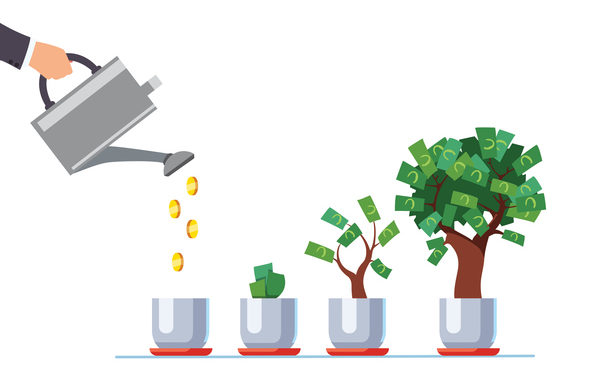Sponsorship teaches marketers the value of long term investment, if they’ll let it
Analytic Partners’ Jo-Ann Foo argues that using short-term ROI to understand the value of sponsorship is proof marketers need to learn to take the slower path.
With increased pressure on marketers to do more with less, the need to be able to demonstrate genuine return on investment to business is crucial.
Yet, despite this, and particularly in the areas of brand and sponsorship, there appears to be an aversion to ROI measurement. And I mean ROI as the accountant approving your budget understands and calculates it – in dollars, not clicks, not leads, not more favourable to the brand.


